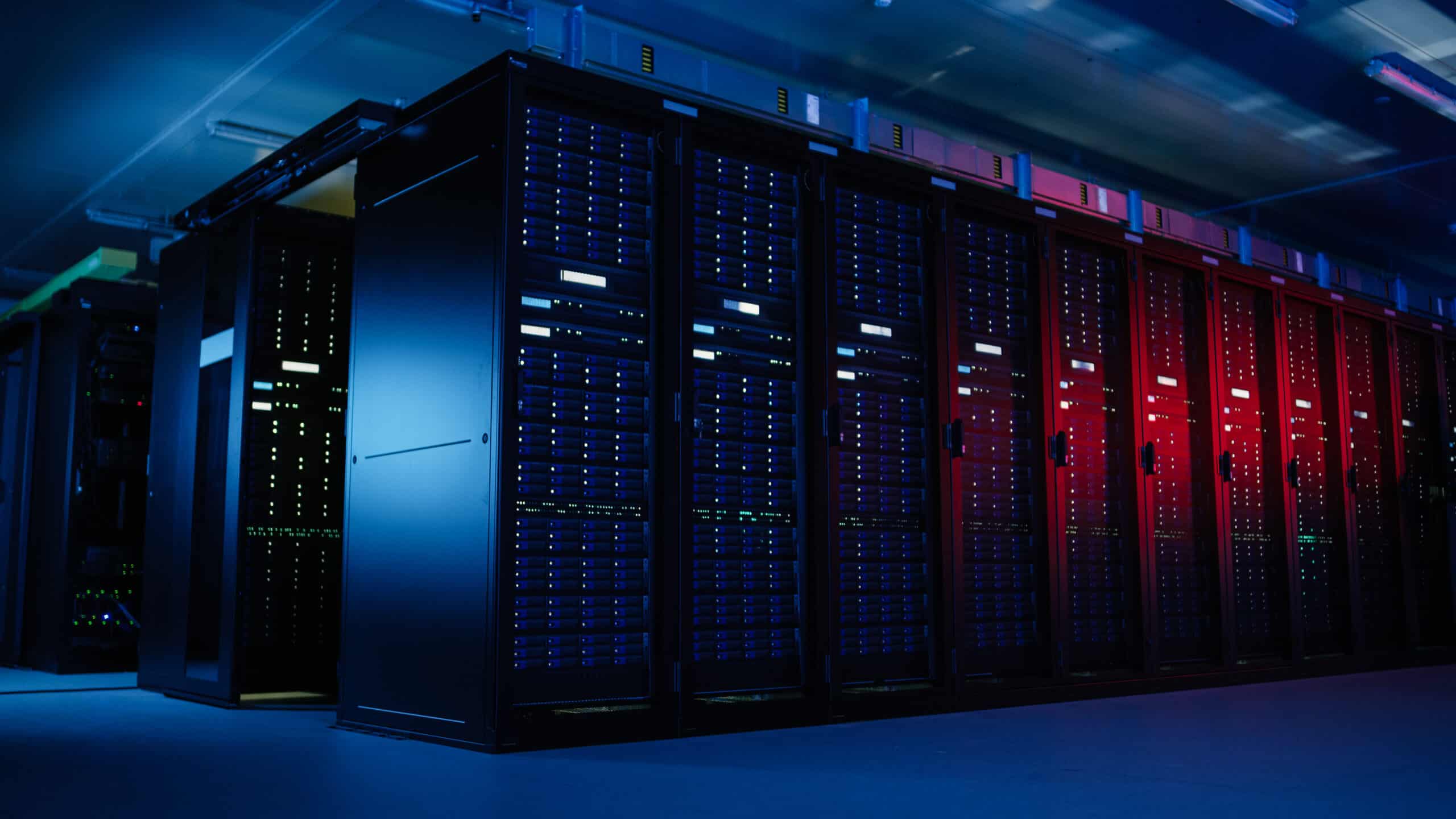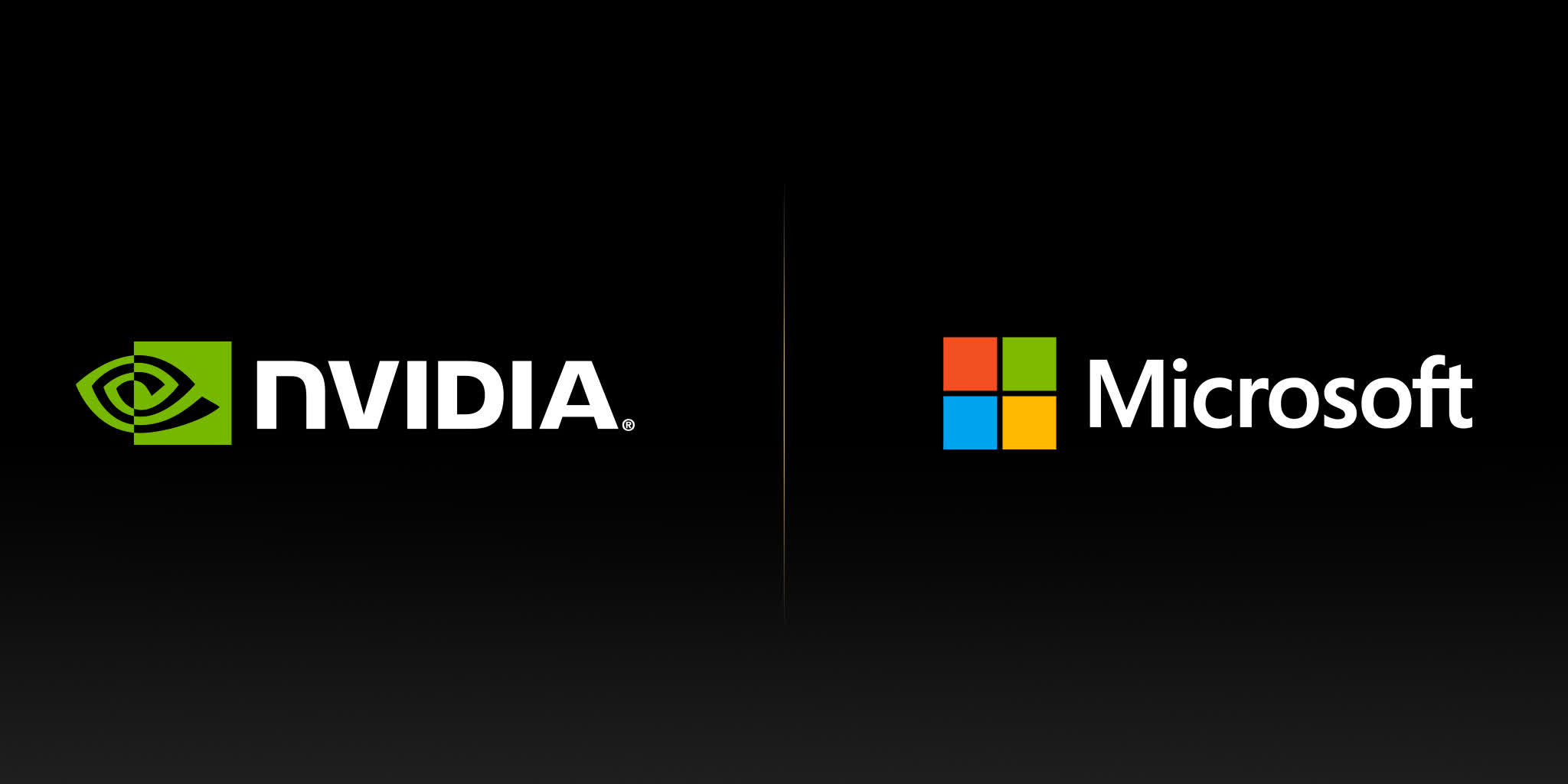Forward-looking: Nvidia and Microsoft are working on a virtual supercomputer with GPU-based Azure instances. The design goal is to accelerate the latest AI algorithms to create even more weirdly realistic artworks or conduct AI research.

Generative AI models prove helpful for many applications. Machine learning algorithms can create uncanny imagery or predict source code from the future, often negatively swaying public opinion with their "in-the-wrong-hands" capabilities. A new partnership between two of the biggest tech companies out there is promising to accelerate these capabilities, creating an "AI supercomputer" in the cloud.
Nvidia and Microsoft announced a "multi-year collaboration" to build the world's most powerful supercomputer specifically designed to serve as an accelerator for AI and machine learning algorithms. The partnership leverages Microsoft's cloud-based Azure platform against Nvidia's high-end GPU hardware. Several other components will accelerate the entire communication stack.
The hardware end includes "tens of thousands" of Nvidia A100 (Ampere-based) and H100 (Hopper) enterprise GPUs. The cloud-based infrastructure includes Microsoft's GPU-accelerated ND- and NC-series virtual machines. Quantum-2 400Gb/s InfiniBand networking tech and the company's AI Enterprise software suite bridge the communication device.

Essentially the new AI supercomputer design functions as a cloud service working with Azure instances. Nvidia clarified that customers could acquire resources "as they normally would with a real supercomputer" while the software layer reserves the required virtual machines.
Architecturally, it's the same as a physical supercomputer but operates on VMs "in the cloud." The most obvious advantage is that it does not require a dedicated (and massive) physical device in a research lab. Nevertheless, the provided capabilities will let enterprises scale virtual instances "all the way up to supercomputing status."
The virtual supercomputer's primary focus is on bringing improvements and advancements in generative AI models. This rapidly emerging area of AI research currently relies on models like Megatron Turing NLG 530B as a basis for "unsupervised, self-learning algorithms to create new text, code, digital images, video or audio."
Nvidia highlighted how AI technology advances are accelerating, industry adoption is growing, and the breakthroughs in the field have triggered a tidal wave of research, new startups, and enterprise applications. The partnership with Microsoft will provide customers and researchers with a state-of-the-art AI infrastructure and software to capitalize on the transformative power of AI.
Or, in Microsoft's own words, powerful AI capabilities "for every enterprise on Microsoft Azure."
https://www.techspot.com/news/96703-nvidia-microsoft-working-bring-gpu-based-ai-supercomputer.html